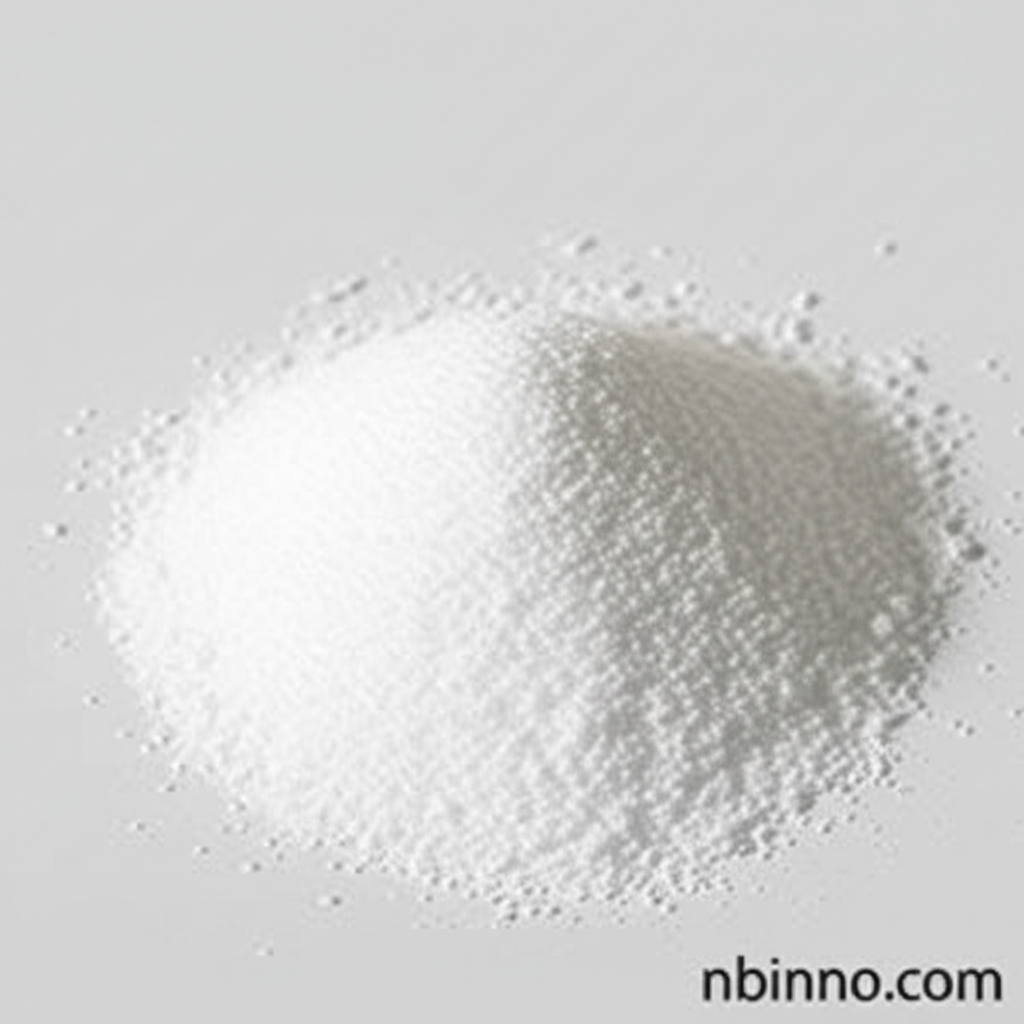Boc-D-2,4,5-Trifluorophenylalanine: Enhancing Peptide Synthesis and Drug Development
A vital amino acid derivative for advancing peptide therapeutics and medicinal chemistry research.
Get a Quote & SampleProduct Core Value

Boc-D-2,4,5-Trifluorophenylalanine
This specialized amino acid derivative is instrumental in modern peptide synthesis and medicinal chemistry, offering enhanced lipophilicity and metabolic stability to peptides due to its unique trifluorophenyl group. Its strategic use in drug development, particularly for oncology and neurology, underscores its importance in creating targeted therapies.
- Enhancing peptide metabolic stability through the incorporation of fluorinated amino acids, this compound aids researchers in developing more robust and effective peptide-based drugs.
- Key building block for medicinal chemistry research, it allows for the precise construction of complex peptide structures with tailored properties for therapeutic applications.
- Facilitating selective deprotection, the Boc (tert-butyloxycarbonyl) group ensures controlled synthesis pathways, leading to higher purity and yields of desired peptide sequences.
- Potential inhibitor of amyloid-beta aggregation, its properties are being explored in research targeting neurodegenerative diseases like Alzheimer's, offering new avenues for therapeutic intervention.
Advantages You'll Gain
Improved Peptide Stability
Incorporating Boc-D-2,4,5-trifluorophenylalanine into peptide chains significantly enhances their resistance to enzymatic degradation, a critical factor for increasing peptide metabolic stability and in vivo efficacy.
Enhanced Drug Design
As a crucial component in medicinal chemistry building blocks, its fluorinated structure aids in optimizing drug candidates, improving pharmacokinetic profiles and target binding affinity for better therapeutic outcomes.
Therapeutic Innovation
The compound's role in inhibiting amyloid-beta aggregation opens up new possibilities for developing treatments for neurodegenerative diseases, offering hope for novel therapeutic strategies.
Key Applications
Peptide Synthesis
Serves as a vital building block for creating complex and stable peptides used in a wide range of research and therapeutic applications.
Drug Development
Its unique properties contribute to the design and optimization of novel drug candidates, particularly in fields like oncology and neurology.
Medicinal Chemistry
An essential component for synthesizing bioactive molecules and exploring structure-activity relationships, advancing the field of drug discovery.
Biochemical Research
Utilized in studies investigating protein structure, function, and the development of targeted therapies, including its role in fluorinated amino acids in drug development.
